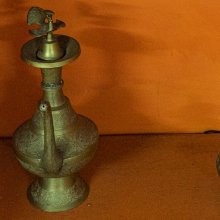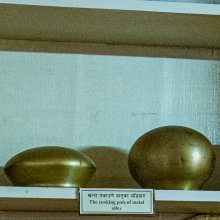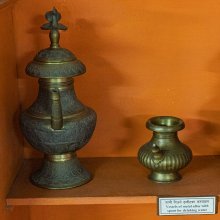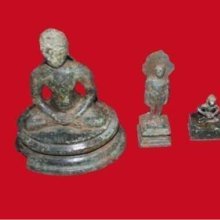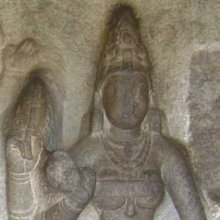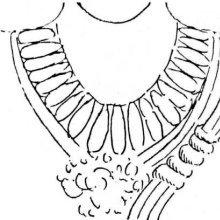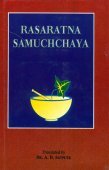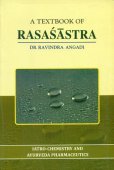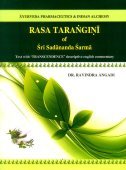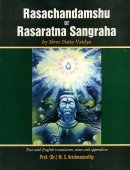Metal, Mēṭal: 3 definitions
Introduction:
Metal means something in Hinduism, Sanskrit, Tamil. If you want to know the exact meaning, history, etymology or English translation of this term then check out the descriptions on this page. Add your comment or reference to a book if you want to contribute to this summary article.
Images (photo gallery)
(+62 more images available)
In Hinduism
Purana and Itihasa (epic history)
Source: Shodhganga: Elements of Art and Architecture in the Trtiyakhanda of the VisnudharmottarapuranaKnowledge of Metals (in Sanskrit: Dhātuvāda) refers to one of the “sixty four kinds of Art”, according to the Kamasutra of Vatsyayana.—Indian tradition, basically includes sixty four Art forms are acknowledged. The history of Indian Art covers approximately five thousand years which presents a rich and almost continuous record. The references of sixty four kinds of Kala (कला, kalā) are found in the Bhagavatapurana, Shaiva-Tantras, Kamasutra of Vatsyayana etc.
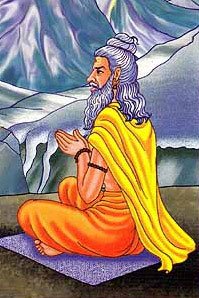
The Purana (पुराण, purāṇas) refers to Sanskrit literature preserving ancient India’s vast cultural history, including historical legends, religious ceremonies, various arts and sciences. The eighteen mahapuranas total over 400,000 shlokas (metrical couplets) and date to at least several centuries BCE.
Vastushastra (architecture)
Source: Shodhganga: Elements of Art and Architecture in the Trtiyakhanda of the Visnudharmottarapurana (vastu)Metals were traditionally used in crafting Hard Cement, which was used as a Material for the Construction of Temples and other buildings, according to the Viṣṇudharmottarapurāṇa, an ancient Sanskrit text which (being encyclopedic in nature) deals with a variety of cultural topics such as arts, architecture, music, grammar and astronomy.—The fourth kind of vajralepa is made by the mixture of some metals like eight parts of nāga i.e., tin, two of kāṃsya i.e., bell metal and one of rīti i.e., rust of iron. In the Bṛhatsaṃhitā, along with iron rust and bell-metal, sīsaka i.e., lead is suggested to be mixed instead of tin for making the glue. It is seen that the portions of the metals, suggested in the Bṛhatsaṃhitā are similar as stated in the Viṣṇudharmottarapurāṇa
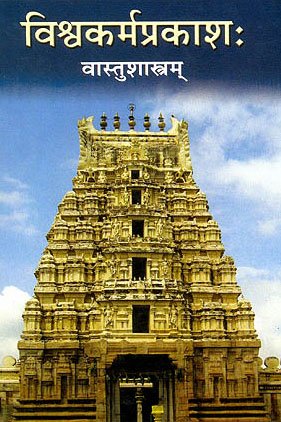
Vastushastra (वास्तुशास्त्र, vāstuśāstra) refers to the ancient Indian science (shastra) of architecture (vastu), dealing with topics such architecture, sculpture, town-building, fort building and various other constructions. Vastu also deals with the philosophy of the architectural relation with the cosmic universe.
Languages of India and abroad
Tamil dictionary
Source: DDSA: University of Madras: Tamil LexiconMēṭal (மேடல்) noun See மேடோவர். [medovar.] Local usage
Tamil is an ancient language of India from the Dravidian family spoken by roughly 250 million people mainly in southern India and Sri Lanka.
See also (Relevant definitions)
Starts with: Metal leaf, Metallurgy.
Ends with: Bell-metal, Precious metal.
Full-text (+2424): Loha, Kamsya, Dhatu, Pancaloha, Padaka, Jarana, Ashtadhatu, Dhatuvada, Lauha, Lohaja, Trilohaka, Upadhatu, Kupya, Taijasa, Ghanta, Pancarasi, Saurashtraka, Arakuta, Tamra, Vartaloha.
Relevant text
Search found 229 books and stories containing Metal, Maedal, Medal, Mēṭal; (plurals include: Metals, Maedals, Medals, Mēṭals). You can also click to the full overview containing English textual excerpts. Below are direct links for the most relevant articles:
The Godly < [October – December, 1996]
The Godly < [April – June, 1997]
Prof. Chandrasekhar -The Noble Laureate < [January – March, 1993]
Rasa Jala Nidhi, vol 1: Initiation, Mercury and Laboratory (by Bhudeb Mookerjee)
Part 20 - Mercurial operations (18): Transformation of base metals into gold by mercury (bedhana) < [Chapter IV-V - Mercurial operations]
Part 3 - Burning pits (puta or samputa) < [Chapter VI - Laboratory equipment]
Part 19 - Mercurial operations (17): Dyeing of mercury (ranjana) < [Chapter IV-V - Mercurial operations]
Cosmetics, Costumes and Ornaments in Ancient India (by Remadevi. O.)
1.1. Materials for Ornaments: Metals (Introduction) < [Chapter 3 - Ornaments]
1.1. Materials (a): Gold < [Chapter 3 - Ornaments]
1. Materials for Ornaments (Introduction) < [Chapter 3 - Ornaments]
Rasa Jala Nidhi, vol 3: Metals, Gems and other substances (by Bhudeb Mookerjee)
Part 2 - Purification of gold < [Chapter I - Metals (1): Suvarna (Gold)]
Introduction to Metals (dhatu)
Part 1 - Characteristics of Varta-loha < [Chapter X - Mixed metals (3): Varta-loha]
Amarakoshodghatana of Kshirasvamin (study) (by A. Yamuna Devi)
Economics (3): Goods of trade < [Chapter 3 - Social Aspects]
Belief in the presence of evil spirits < [Chapter 4 - Cultural Aspects]
Musical instruments (e.g., Stringed, Percussions, Cymbals and Wind-blown) < [Chapter 4 - Cultural Aspects]
Jivanandana of Anandaraya Makhin (Study) (by G. D. Jayalakshmi)
Rasa and Gandhaka—The Base of all Medicines < [Chapter 4 - Āyurvedic principles in Jīvanandana Nāṭaka]
An Āyurvedic Allegory < [Chapter 4 - Āyurvedic principles in Jīvanandana Nāṭaka]
Establishing the Authorship of Ānandarāya Makhin < [Chapter 2 - Author, His Life and Works]
Related products
(+18 more products available)
